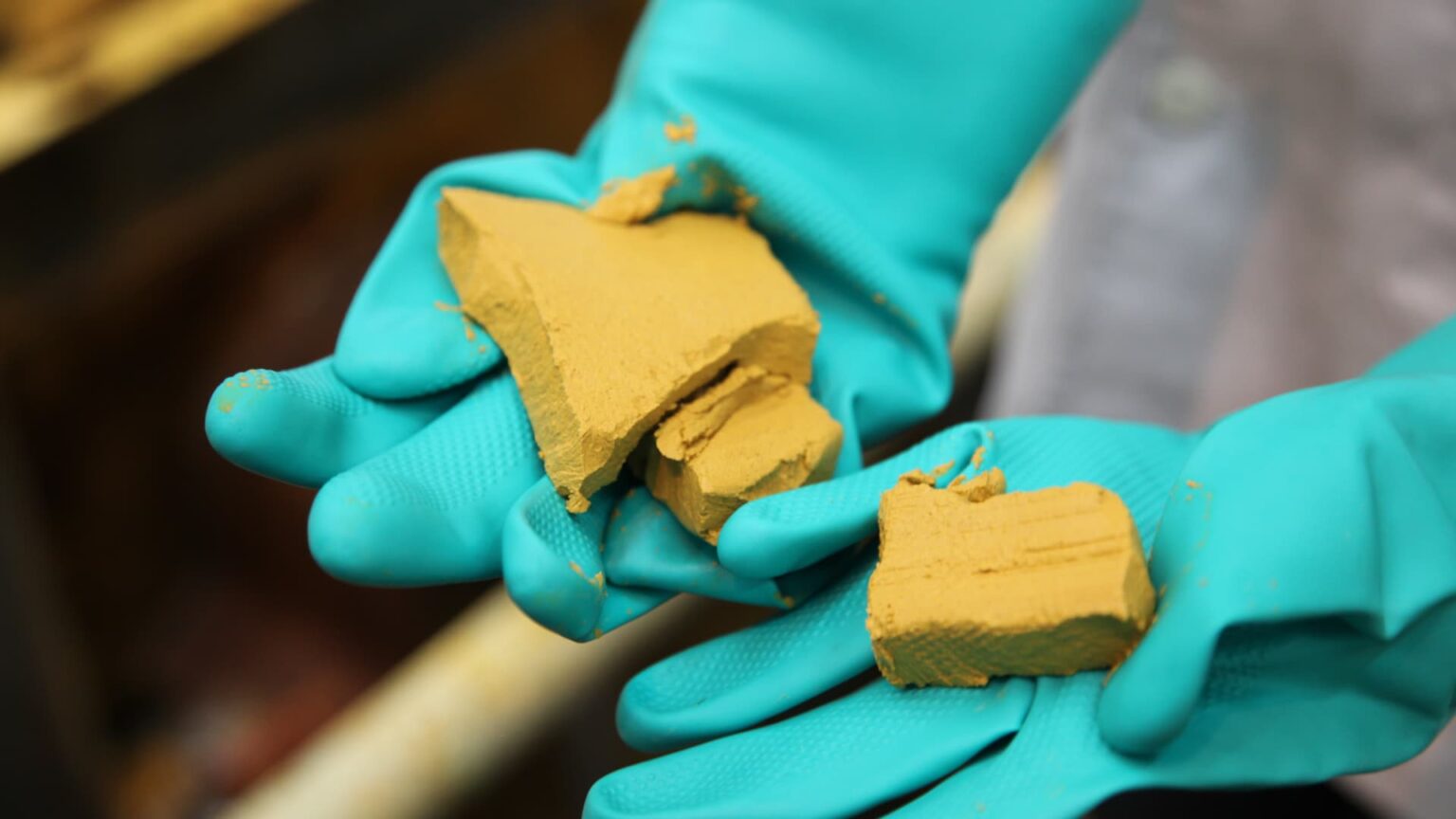From about the 1960s to the mid-1980s, the United States was a leader in uranium mining. But domestic production of the mineral, which is primarily used as fuel for nuclear reactors, has since fallen off a cliff.
“A lot of this was because it was a government priority. And we strategically used government funding and subsidies to support it. However, what kind of started happening during the 90s is we saw a de-prioritization away from uranium,” said Gracelin Baskaran, director of the Critical Minerals Security Program at the Center for Strategic and International Studies.
Several high-profile nuclear accidents, including the 2011 Fukushima disaster in Japan, also negatively affected public perception of nuclear energy and tanked uranium prices, leading many domestic uranium producers to shutter their mines.
The U.S. is the world’s largest producer of nuclear power, but the latest available data from the U.S. Energy Information Administration shows that the U.S. imports over 95% of the uranium feedstock needed to power its 94 nuclear reactors.
“The difficulty is we’ve prioritized nuclear, but deprioritized uranium, which we need to fuel our nuclear power and is creating an incongruence in our policy,” Baskaran said.
That’s changing as electricity demand skyrockets thanks to power-hungry AI models being developed by tech giants including Microsoft, Google, Meta and Amazon, as well as a global push for cleaner energy.
This emphasis on nuclear power is also driving demand for uranium.
A recently released report by the Nuclear Energy Agency and the International Atomic Energy Agency estimates that if demand for nuclear energy continues to grow, known uranium deposits will run out by 2080.
“Right now the uranium miners globally are not keeping up with demand,” said John Cash, president and CEO of uranium mining company Ur-Energy. “It takes years from discovery to the time you produce. So it’s going to take years for that gap to be closed between those two, and all the while, we see tremendous growing demand for nuclear power.”
The domestic uranium industry has received bipartisan support from the U.S. government.
In 2024, the Biden administration banned the import of Russian uranium and unlocked $2.7 billion in federal funding to expand domestic uranium enrichment and conversion capacity. In May, President Trump signed four executive orders aimed at speeding up the deployment of nuclear reactors to quadruple the nation’s nuclear energy capacity from 100 GW in 2024 to 400 GW by 2050.
But even with all this support, experts say, the U.S. will continue to depend on other countries for uranium.
“Even if all the uranium projects in the United States that are currently permitted and operable, we could not satisfy the demand of the United States of America,” said Mark Chalmers, president and CEO of uranium mining company Energy Fuels.
“The U.S. has a lot of room to increase its uranium production, but the difficulty is we have less than 1% of the world’s reserves. So in the long term, we’re really going to need uranium from other countries,” Baskaran said.
CNBC spoke to two uranium miners, Ur-Energy and Energy Fuels, about how they are working to restart and ramp up domestic production of uranium and the challenges they face in doing so. Watch the video to find out more.
https://www.cnbc.com/2025/06/12/why-uranium-mining-is-having-a-resurgence-in-the-united-states.html


